The use of vehicles in a company or organization is an activity which can generate losses in all four categories: property, human resources, liability, and net income. Risk managers have long recognized the importance of well-designed and properly implemented fleet safety programs.
In 2008, the National Highway Traffic Safety Administration reported 37,261 motor vehicle fatalities and almost 2.5 million injuries in the United States, generation a combined economic toll of more than $231 billion dollars. According to the US Department of Labor, occupational fatalities associated with highway incidents in 2008 totaled 1,149 – about one in four of all occupational fatalities.
Most fleet safety programs include:
- Driver qualification training
- Motor Vehicle Record (MVR) review
- Vehicle inspection and maintenance
- Accident reporting and investigation
While most driver qualification criteria can depend on types of vehicles, passengers, cargo, distances travelled, and federal regulations, it is common for organizations to go beyond the basic state licensing. For example, organizations may elect to impose minimum requirements for age and experience of drivers.
Training drivers in defensive driving techniques and other fleet safety topics is accomplished through classroom instruction, online programming, behind-the-wheel coaching, or any combination.
MVR review is critical in the instance that a plaintiff’s attorney could try to make a case that the employer was negligent by not checking the MVR thus not taking public safety in to consideration. Regular evaluation of MVRs is a standard component of fleet safety programs. For MVR review to be successful, employers must consider exactly what records will be evaluated, and how they will guide employment and driving assignment decisions. The entire process can be outsourced to companies that provide background screening services for new and existing employees. The approach can be useful for organizations with employees from different stats since the MVR must be separately obtained from each. A pull-notice system allows employers to provide a list of their drivers to the stat for placement in to a computerized monitoring system that automatically notifies the employer by email when one of their drivers receives a citation or suspension – whether on the job or not.
Vehicle inspections and maintenance is another key component to the safety program. If it can be proven that a fleet owner delayed important safety issues such as tire replacement or brake repair, the argument can again be made of negligence on behalf of the employer. Keep accurate records to prove work has been done – particularly important for fleets spread across many departments.
Global positioning systems (GPS) installed in vehicles now provide fleet owners with many useful tools to not only manage vehicle utilization, but also operational safety. These systems can measure and communicate the exact location and vehicle speed on a real-time basis. For organizations that must maximize efficiencies to survive, and control speeding and other misuse of their vehicles, the use of GPS technology to monitor the actions of employees behind the wheel becomes an important tool to complement the fleet safety program. Additional technology is the use of ignition interlock devices (IIDs) for use of drivers convicted of a DUI.
One the most significant new challenges for fleet safety programs is managing the use of mobile devices on the road: the use of cell phone and other portable devices for talking, texting, email, social networking, and navigation. This is most commonplace among young drivers and increases the risk of an accident by 23 times. It is easy to prove that a driver was texting at the time of an accident due to the precise time stamp assigned to every message. These distractions must be considered and addressed in every company’s’ fleet safety policy. Employee productivity (and perhaps compensation) is directly connected to them being connected while on the road. Every fleet owner must evaluate the communication needs of their drivers, and devise policies that manage the risk appropriately within the context of conducting business.
Every fleet owner must evaluate the communication needs of their drivers and devise policies that manage the risk appropriately within the context of conducting business. Fleet owners have the task of developing and implementing fleet safety programs that comply with applicable laws and recognize the changes brought about by new technology. Successful risk managers will tailor programs to meet the specific needs of their industry.


 The
The 